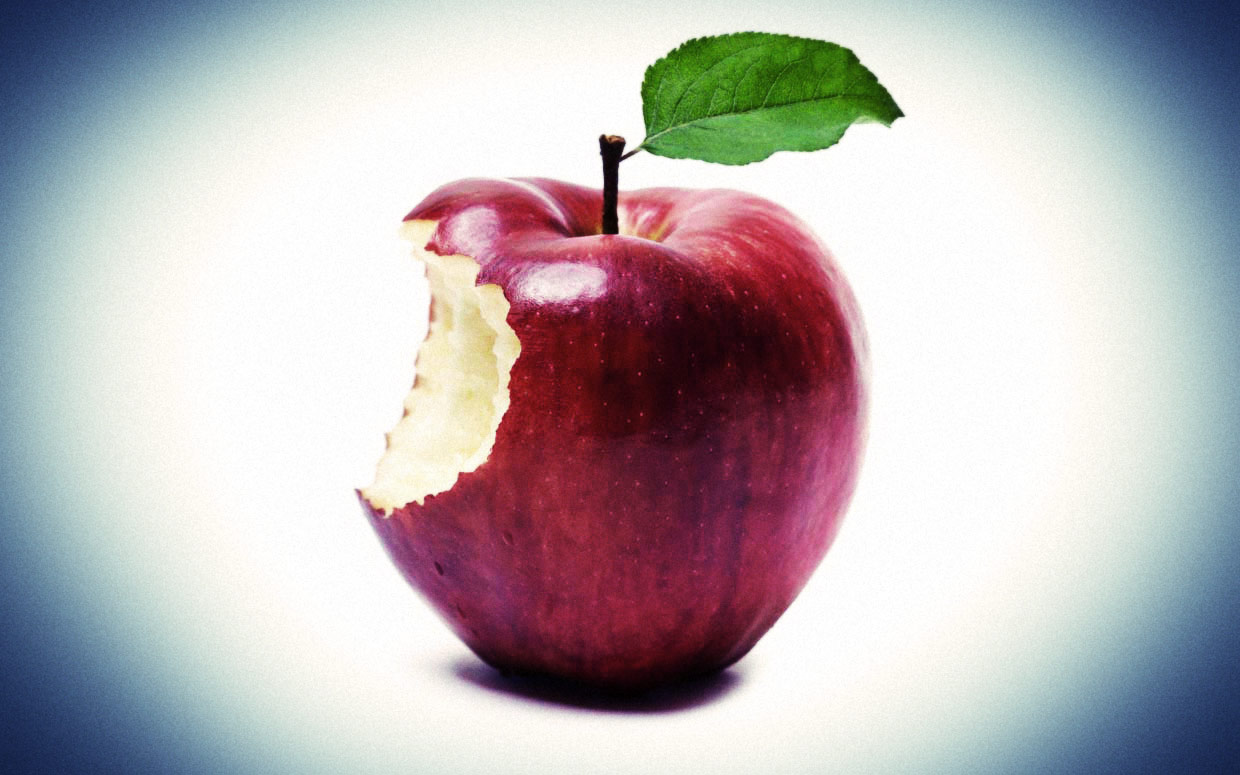Use It or Lose It: Tips to Stay Healthy Head to Toe

he old expression “Use it or lose it” pretty much applies to your whole body. But how you use it matters too. Try these easy, proven ways to stay healthy and strong from top to toe.
Brain: Reach out and connect
There’s nothing wrong with doing a crossword puzzle a day. But Johns Hopkins neurologist Barry Gordon, M.D., Ph.D., encourages group activities as well: “What’s more important is to do things that really engage you, especially socially,” he says. Adults who spent two years in Experience Corps, a program that brings retirees into schools to work with kids, not only brought their brain shrinkage to a halt, but even saw some growth in volume, according to a 2015 study.
Teeth: Drink water
Even sugar-free drinks—including sports drinks and soft drinks such as diet soda or flavored mineral water—can damage tooth enamel, found a recent Australian study that tested 23 kinds. It’s acidity, not just sugar, that causes decay. Plain water is the best beverage for your teeth, researchers say. If you do sip soda, don’t brush right after, which is bad for softened enamel. Instead, rinse with plain water, then brush an hour later—or chew sugarless gum to help neutralize the acid.
Neck and spine: Look up!
Staring down at phones, tablets and laptops can cause “text neck”—added stress load on the neck and spine that can lead to back pain and herniated discs, a condition where the soft inner part of the disc bulges
out and can irritate surrounding spinal nerves. Take breaks at least hourly to do some range-of-motion stretching and change your position, says Wanda Filer, M.D., president of the American Academy of Family Physicians (AAFP). Try to elevate the screen to eye level so you’re not constantly looking down.
Arteries: Eat more plants
Your arteries run from your brain to your pinky toes and affect, well, everything. Artery-damaging high blood pressure “is the No. 1 risk factor for death on our planet,” says Michael Greger, M.D., author of How Not to Die. Even a “good” score, say 120/80, can be improved by eating a low-salt, plant-based diet without processed foods or much meat and dairy, he says. In fact, both high blood pressure and high blood sugar—risk factors for diabetes, cardiovascular disease and stroke—begin to drop within just a week of starting to eat this way.
Bones: Swallow some sunshine
If you’re older, overweight or obese, have darker skin or don’t get outside for 15 minutes a day—which is to say, most of us—you probably don’t get enough vitamin D, aka the “sunshine vitamin.” “It appears to be the only supplement that helps the average person live longer,” says Greger, who recommends taking 2,000 IUs of vitamin D-3 a day with your largest meal to maximize absorption, based on a 2010 Cleveland Clinic study.
Lungs: Get snoring checked and treated
Snoring is a red flag for obstructive sleep apnea, a disorder that causes you to struggle to breathe (or stop altogether) during sleep. This can cause brain damage, high blood pressure and memory loss. If you regularly wake up tired despite getting a full night’s sleep, or if your partner points out your snoring, see your doc.
Heart: Track your steps
Wearable trackers provide good incentive to park in the back of the lot or take the stairs. But worry less about hitting a magic number than just trying to walk more. Track your steps on a normal day, then try to increase that number by 1,000 steps at a time. Taking just an extra 2,000 steps a day (about 20 minutes of moderate-paced walking) can slash your heart attack risk by about 10 percent.
Rear: Get off it
Even if you exercise, sitting too much undoes your good work. The most sedentary people are at highest risk for cardiovascular disease, cancer, diabetes and overall risk of dying, according to a 2015 meta-analysis of 47 studies. Trade just two minutes of sitting time per hour with two minutes of light activity (even housework) and you cut your risk of dying by one-third, according to a 2015 study at the University of Utah School of Medicine.
Skin: Look at one another
The jury’s still out on whether full-body screenings are the best way to prevent fatal skin cancers, reported the U.S. Preventive Services Task Force in December. But it’s still important to pay attention to your own skin—and your partner’s. Family members often spot abnormalities first, AAFP’s Filer says. Watch for spots that show any of the ABCDEs of skin cancer: asymmetry, border irregularity, varying colors, a diameter bigger than a pencil eraser or evolving in size, shape or color.
Ankles: Practice your ABCs
Every morning when you wake up, trace the alphabet while moving only your feet and ankles. This stretches muscles and helps you retain range of motion, says podiatrist Jane Andersen, DPM. When you’re out and about, consider treating yourself to a new pair of shoes. Not replacing shoes often enough is the No. 1 cause of crippling overuse injuries (like plantar fasciitis or tendonitis). As they wear out, shoes can provide uneven support—or worse, none at all—leaving your muscles, tissue and bones more vulnerable to injury.
Knees (and other joints): Make like a tree
Take up a low-impact activity like tai chi or yoga to stay flexible and strong. (Bonus: You’ll lower health-zapping stress too, says Filer.) Last year, the largest clinical trial to look at yoga’s impact on knee arthritis found that in eight weeks, pain and function improved by 20 percent. Start with gentle-level classes and find a teacher who can modify poses as needed.
@abdullatifphadia https://parade.com/461226/paulaspencer/healthy-head-to-toe/
good advice
thanks